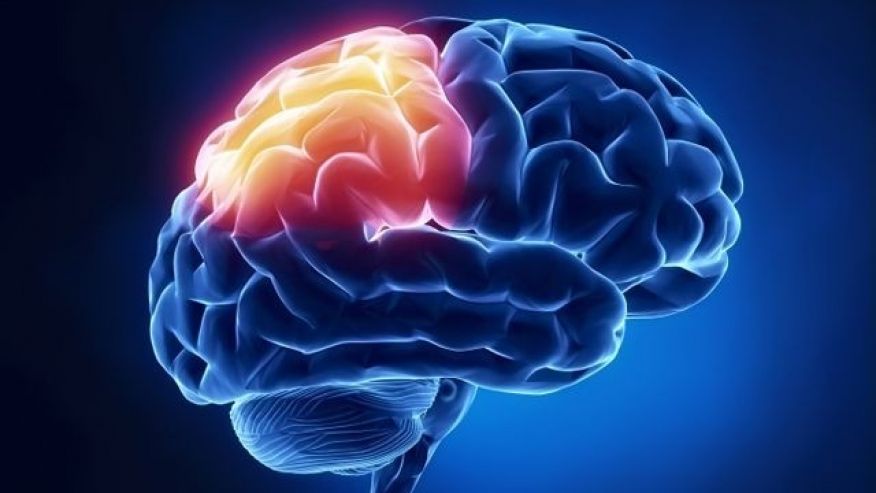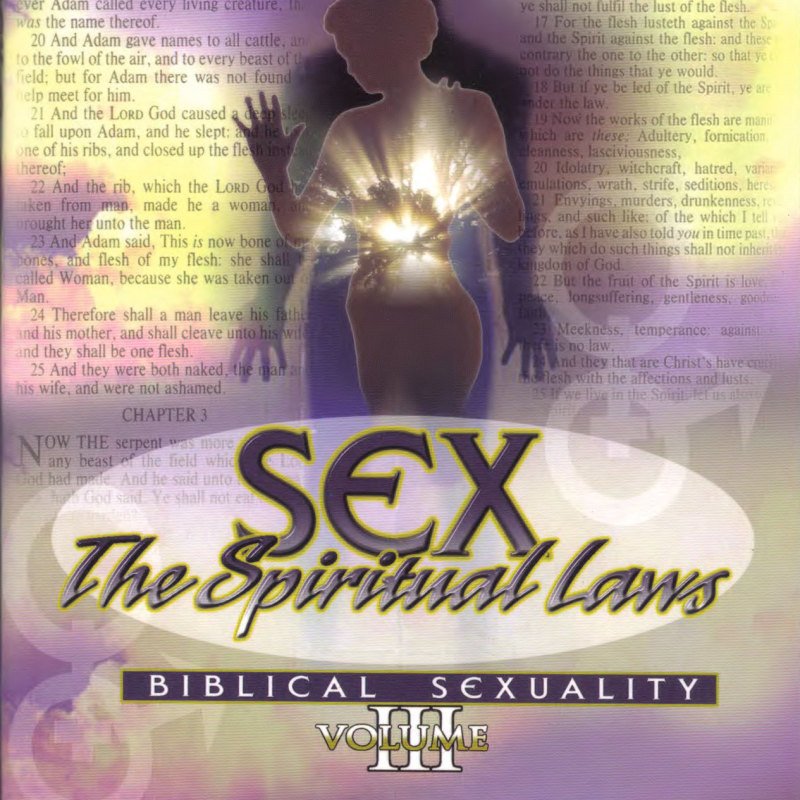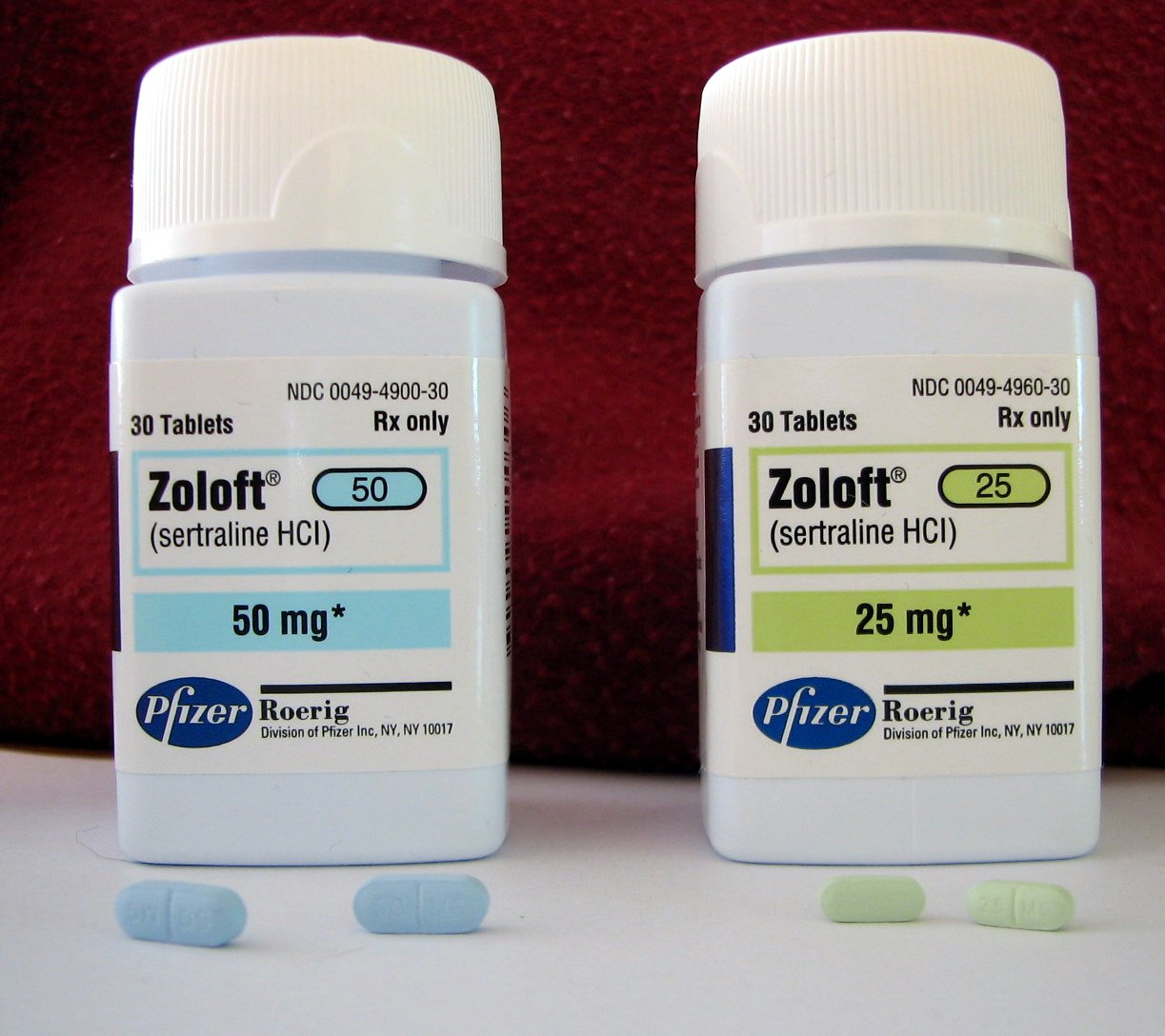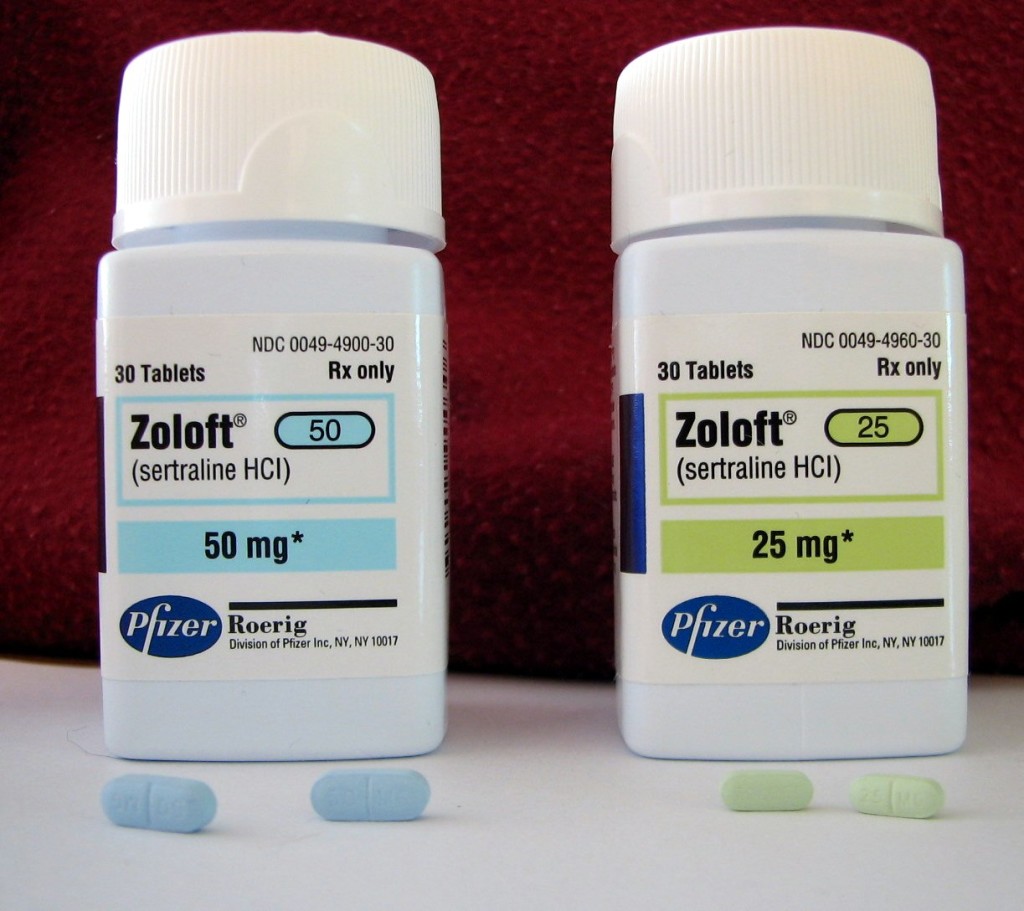Behavioral Addiction and Brain Function
Understanding Behavioral Addiction and Brain Function
Addictive behavior is a compulsion to repeat a rewarding non-drug related behavior repeatedly despite any consequences to the person’s physical, social, financial or mental well-being. There are genetic factors involved here. The gene transcription factor known as ΔFosB has been identified as being one of the critical factors in the development of addictive states in both behavioral and drug related addictive behaviors. Overexpression of this gene in the nucleus accumbens is both necessary and sufficient for the neural adaptations seen in addictive behaviors and drug addicts. A recent study suggested a cross-sensitization effect between drug-related behaviors and a natural reward which was mediated by ΔfosB. Besides this increased expression of ΔfosB, there are many other similarities in the neurobiology of behavioral/drug addictions.
One of the most important discoveries in the diagnosis and treatment of addictions is the recognition of the drug-based reinforcement and, more importantly, the reward based learning process. There are several structures within the brain that are important in the conditioning process of behavioral addiction. These are called sub-cortical structures. These sub-cortical structures taken together are called the reward system. This reward system is something that we all have—it is a necessary survival process, much like digestion.

One system being subjected to major study is the amygdala. The amygdala is a sub-cortical structure that is involved in emotional significance and associated learning. Research shows that dopamine-sensitive projections from the ventral tegmental area make possible a motivational or learned association with a specific behavior. This means that dopamine neurons play a significant role in the learning and sustaining of many acquired behaviors.
Three stages
There are three stages to the dopamine reward system:
- the initial burst of dopamine
- triggering of behavior
- further, impact on the behavior
This means that the most common result of dopamine-based learning is to create addictive properties associated with certain behaviors. The way it works is that once the brain is electrically stimulated (possibly through the addictive behavior), there is a burst of dopamine. This burst of dopamine further triggers the behavior involved, which encourages these already-stimulated neurons to increase the stimuli. Once the behavior is triggered, it is very difficult to work away from the dopamine reward system.
The other side of this equation is the newly found idea that the human brain can anticipate rewards, and can be triggered by the brain’s early detectors of the reward, and can start triggering the behavior that starts the dopamine reward system. In some cases, it may lead to issues due to error. These errors can be used as teaching signals to create complex behavior tasks over time.
Diagnosis
At the time this article was written, the diagnostic models used do not have the necessary standards to identify behaviors as addictions in a clinical setting. Behavioral addictions have been proposed as a new class of diagnosis in the DM-5, but the only category included in this class is gambling addiction. Internet gaming addiction has been proposed in the appendix as a condition for further study, but this does not help in the diagnosis and treatment of other behavioral addictions such as sex addiction, or the various types of eating addictions.
Behavioral addictions are sometimes called impulse-control disorders. These disorders, which include gambling, consumption of alcohol, sex addiction (not limited to but including the use of pornography and sexual intercourse) eating disorders, use of computers and video games, use of the internet, shopping, exercise and stealing (shoplifting) are increasingly recognized as being treatable addictions.

In August of 2011, the American Society of Addictive Medicine issued the statement that defined all addictions regarding brain changes. Their statement read in part, “Addiction is a primary, chronic disease of brain reward, memory, motivation, and related circuitry.” This means that all addictions are potentially susceptible to treatment with pharmaceuticals.
This is the first time that the American Society of Addictive Medicine has taken the position that substance abuse is not just about substance dependence. It is about how the brain function of addicts differs from the brain function of non-addicts. The emphasis here is not on the external factors that act on the reward system but on the system itself. Food, sexual behaviors, shoplifting, and even chronic hair-pulling can all be linked to this “pathological pursuit of rewards” talked about in this new definition of addiction.
The thing is, we all have this reward system. It is a survival mechanism, creating the desire for things that offer satisfaction, like food and sex. However, in a healthy person, there is a feedback system that limits our consumption. In an addict, these feedback systems seem to either be absent or, in fact, dysfunctional to the point that instead of “enough” the addict wants “more”. This is what leads to the unhealthy pursuit of these items. So anyone who has one addiction is vulnerable to others, but this also points to the possible development of effective treatment for addictions that have historically been hard to manage.






















